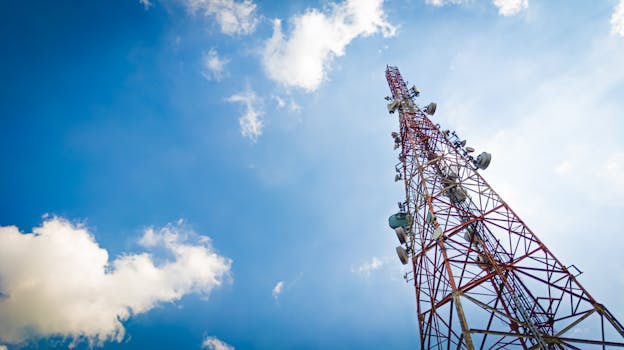
GEO Satellites: The Backbone of Modern Telecommunications – GEO Satellites
GEO satellites, or Geostationary Earth Orbit satellites, are a type of satellite that orbits the Earth at an altitude of approximately 36,000 kilometers, remaining stationary relative to a fixed point on the planet. This unique characteristic allows GEO satellites to provide continuous coverage of a specific region, making them an essential component of modern telecommunications.
The history of GEO satellites dates back to the 1960s, when the first geostationary satellite, Syncom 2, was launched by NASA. Since then, the technology has evolved significantly, with numerous satellites being launched to provide a wide range of services, including television broadcasting, telecommunications, and weather forecasting.
How GEO Satellites Work
GEO satellites operate by transmitting and receiving signals to and from Earth stations, which are located on the ground. These signals are used to provide various services, such as television broadcasting, internet connectivity, and voice communications. The satellites are equipped with transponders, which are devices that receive signals, amplify them, and then re-transmit them back to Earth.
The signals transmitted by GEO satellites are received by Earth stations, which are typically equipped with large antennas to capture the weak signals. The signals are then processed and distributed to the intended recipients, such as television viewers or internet users.
Applications of GEO Satellites
GEO satellites have a wide range of applications, including:
Television broadcasting: GEO satellites are used to broadcast television channels to a wide audience, providing entertainment and news to millions of people around the world.
Telecommunications: GEO satellites are used to provide voice and data communications, enabling people to make phone calls and access the internet from remote areas.
Weather forecasting: GEO satellites are used to monitor weather patterns and provide early warnings of severe weather conditions, such as hurricanes and tsunamis.
Navigation: GEO satellites are used to provide navigation services, such as GPS, which enable people to determine their exact location and navigate to their destination.
Benefits of GEO Satellites
GEO satellites offer several benefits, including:
Global coverage: GEO satellites provide continuous coverage of a specific region, making them ideal for applications that require global reach.
High bandwidth: GEO satellites can transmit high-bandwidth signals, enabling the provision of high-quality services, such as high-definition television and fast internet connectivity.
Reliability: GEO satellites are highly reliable, with some satellites operating for over 15 years without interruption.
Cost-effectiveness: GEO satellites are a cost-effective solution for providing telecommunications services, especially in remote areas where terrestrial infrastructure is lacking.
Challenges Facing GEO Satellites
Despite the many benefits of GEO satellites, there are several challenges facing the industry, including:
Space debris: The increasing amount of space debris in Earth’s orbit poses a significant threat to GEO satellites, which can be damaged or destroyed by collisions with debris.
Interference: GEO satellites can experience interference from other satellites and terrestrial systems, which can degrade the quality of services provided.
Regulatory issues: The regulatory environment for GEO satellites is complex and often fragmented, making it difficult for operators to obtain the necessary licenses and permits.
Technological advancements: The rapid pace of technological advancements in the satellite industry poses a challenge for GEO satellite operators, which must continually upgrade their systems to remain competitive.




